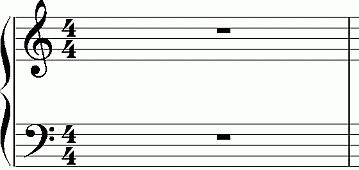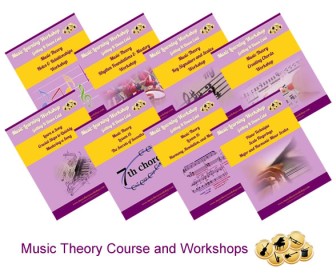Terms Used to Define Rhythm
How to Give Meaning to Rhythm w/ Definitions
To explore music we have to define rhythm with characteristics and terms that we can recognize with sight and convey meaning to others. Several items and descriptions are used for our rhythm definitions. As we encounter them, don’t be intimidated by these definitions they will become clear as we progress through our efforts to learn music.
As we encounter them, don’t be intimidated by these definitions they will become clear as we progress through our efforts to learn music.
Define Rhythm
OK that’s pretty heady and too academic. What if we defined rhythm as:
Still doesn’t really get at what we want. In the Music Learning Workshop we will use the following definitions.
Rhythm:
This will form our understanding. of what we mean to define rhythm, but isn’t it just the beat we all hear and feel when we listen to music. Yes, in it’s simplest form it is. However, to see it and put all the other elements in music together we need to further develop a structure to tie it all together. So let’s get started.
Beat and Tempo:
Beat is the duration we assign to our rhythm definitions. It is the measurement of our musical time unit and the amount of time our pulse will take. This can be a fraction of a second, a second, a few seconds, or several seconds. Putting several beats together gives us a steady series of units which make up rhythm. See this example of a 4 beat rhythm.

The beat is also assigned a speed such as a quarter note = 60, known as tempo, which will mean 60 beats per minute or 1 beat per second. Tempo can also be expressed as very slow, slow, fast, and very fast which leaves the speed of play up to the artist.
Staff/Track
A track is a series of lines which show musical notes. It is made up of 5 lines and four spaces. Two or more tracks make a staff.
Here is a track. (The little boxes are whole rests which we talk about later.)

Here is what the master staff looks like.

We go into greater detail about the staff and symbols in the workbook “Mastering the Master Staff” which will be available soon as well as in that section of our website.
Measure (bar):
A measure is the amount of time allocated to the rhythm before we start the counting pattern over again. Here we show a staff with bar lines. Up above under the beat definition our bar lines are the vertical lines.

One Measure from bar line to bar line
So one measure is the time allotted to apply a time frame in music and for the rhythm; however, the pattern may change from measure to measure. Thus we can have a major pattern or rhythm form over several measures of the counting measure. We will explore this concept in the more advanced rhythm workshop.
Check out this definition we found for “measure” used in music.
“Measure is an American term, equivalent to the English ‘bar’, for the metrical units marked off along the staff by vertical lines (bars or bar-lines). A vertical line (often called bar-line) drawn through the staff to mark off metrical units. In American usage, the term ‘measure’ is usually preferred to ‘bar’.”
Notes and rests:
The note is the symbol used to tell us how long we hold our played pitch or how long our tap of a beat in the rhythmic pattern will be held. It also will tell us what sound is to be played when we put it in a specific location on a staff.
The note names will be familiar to us just as money has become. We can think that a whole note is like a one dollar bill and a quarter note is like a quarter.
Rests are the opposite of notes they show us where we have silence or do not play, but occupy a similar time frame. Here are two examples.

We have many others that we will explore in the symbols section.
Time signature:
Another important aspect of rhythm definitions involves a time unit. Rhythm is expressed, stated, and describe with a time signature. It is stated in beats per measure and how the beat is counted. Example:
The time signature 4/4 is 4 beats per measure counted by quarter notes.

The top number represents the beat to count. the bottom is the beat value. Don’t worry, we will show you exactly how this all works in more detail in music math in the workshops.

